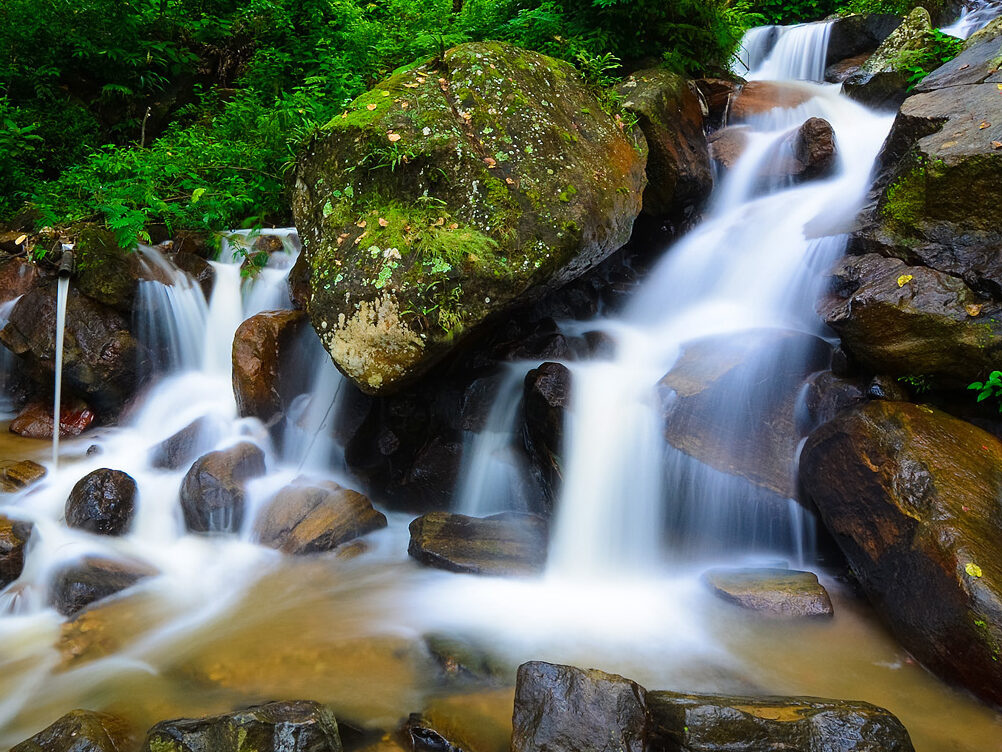
The last major undisturbed territory of rainforest in Sri Lanka, this forest save possesses an expansive edge at the heart of the island’s wet zone. On most days the forest is covered by bountiful rainclouds that renew its profound soils and balance water resources for a lot of southwestern Sri Lanka. Remembering its vitality to the island’s environment, Unesco announced the Sinharaja Forest Reserve a World Heritage Site in 1989.
The only way to get about the reserve is by foot, and excellent park guides, or freelance guides available through many hotels, can lead you along slippery trails pointing out the wealth of stunning plant, bird and animal-life.
Wildlife & Plants
Sinharaja has a wild bounty of greenery. The covering trees achieve statures of up to 45m, with the following layer down fixing 30m. Almost all the subcanopy trees found here are uncommon or endangered. More than 65% of the 217 types of trees and woody climbers endemic to Sri Lanka’s rainforest are found in Sinharaja.
The biggest carnivore here is the leopard. Its presence can generally be gaged just by droppings and tracks, and its rarely seen. Much rarer are corroded spotted felines and angling felines. Sambar, yapping deer and wild hog can be found on the forest floor. Gatherings of 10 to 14 purple-confronted langurs are genuinely regular. There are three sorts of squirrels: the fire striped wilderness squirrel, the gloomy striped wilderness squirrel and the western monster squirrel. Porcupines and pangolins waddle around the forest floor. Civets and mongooses act in nighttime, however you may witness the intermittent mongoose darting through the foliage during the day.There is an abundance of birdlife: 160 species have been recorded, with 18 of Sri Lanka’s 20 endemic species seen here.
Travel Information
Tickets are sold at the main Forest Department office at Kudawa and at Deodawa, 5km from Deniyaya on the Matara road.The drier months (August and September, and January to early April) are the best times to visit.
Getting there
Bus
From Ratnapura to Deniyaya there are buses roughly every hour from 6.45am until the afternoon. There are also several buses to and from Galle .For Kudawa you can get a bus from Ratnapura to Weddagala and then change in Weddagala to a Kudawa-bound bus.
Car
If you have a car, the road through Hayes Tea Estate, north of Deniyaya en route to Madampe and Balangoda (for Belihul Oya, Haputale or Ratnapura), is very scenic. Trying to loop from the north to the south entrances of the park is also very scenic.
Travelling from overseas
If you’re travelling from overseas, you can land at Colombo’s Bandaranaike International Airport. From there, you can go to Sinharaja Forest Reserve by bus or cab. Depending on traffic, the trip takes about four to five hours.
By Train: Travelling to the neighbouring city of Matara by train from Colombo is an additional choice. To get to the forest reserve from Matara, you can take a bus or hire a taxi. The train ride provides beautiful countryside vistas and is an excellent way to get lost in local culture
By Bus: The closest town to Sinharaja Forest Reserve is Deniyaya, which is accessible by bus from Colombo or Galle if you’re looking for a less expensive option. You may schedule a local guide to lead you on a woodland hike from Deniyaya.
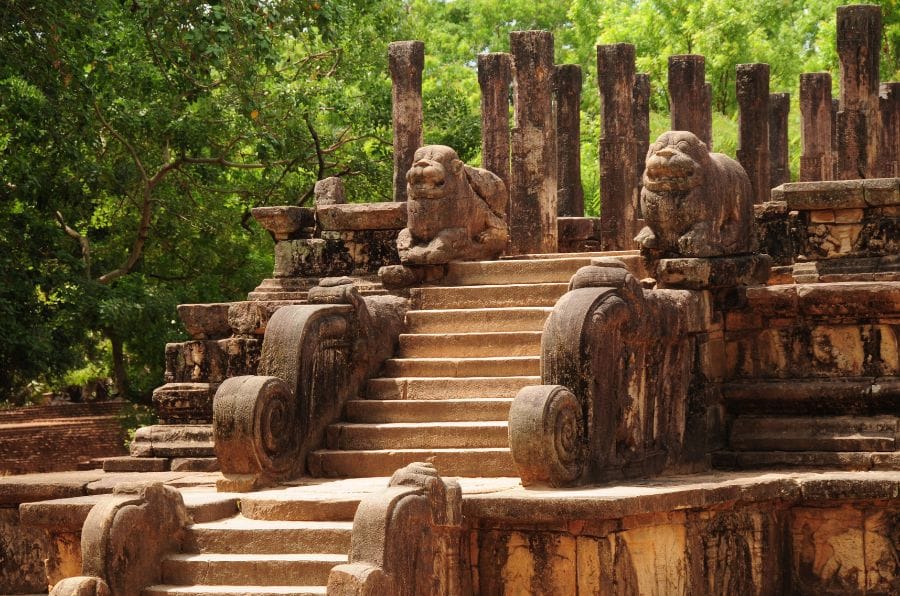
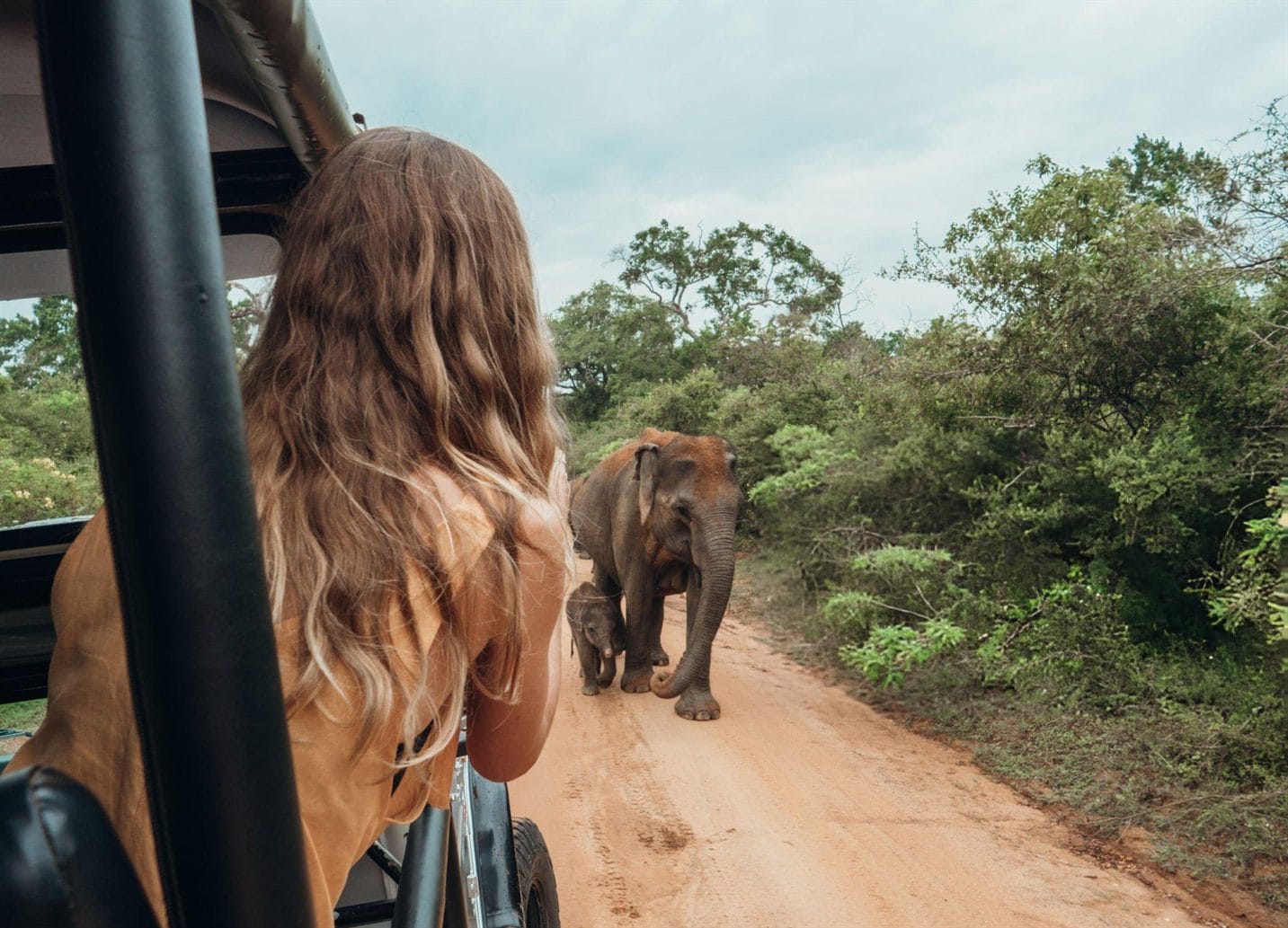
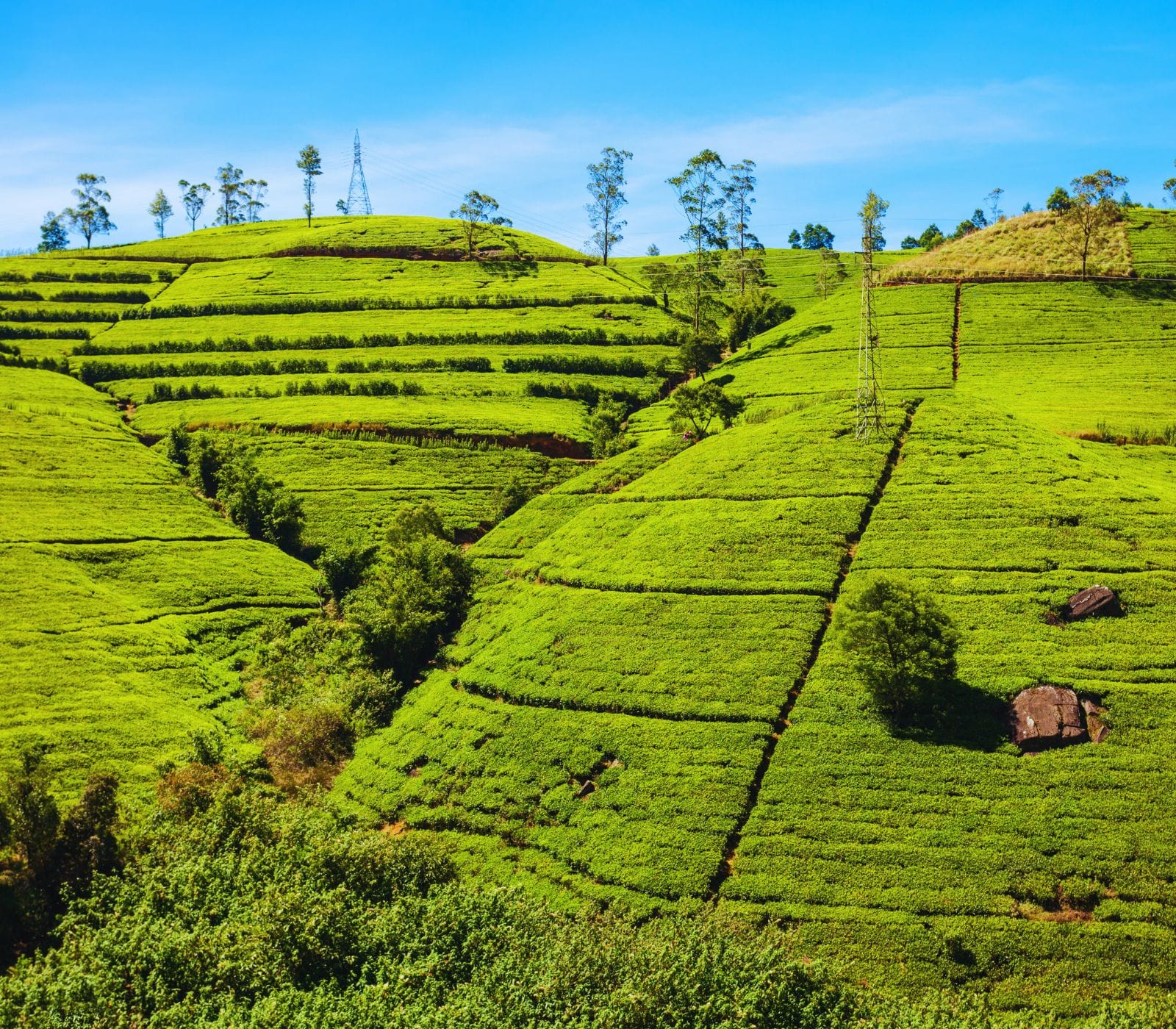
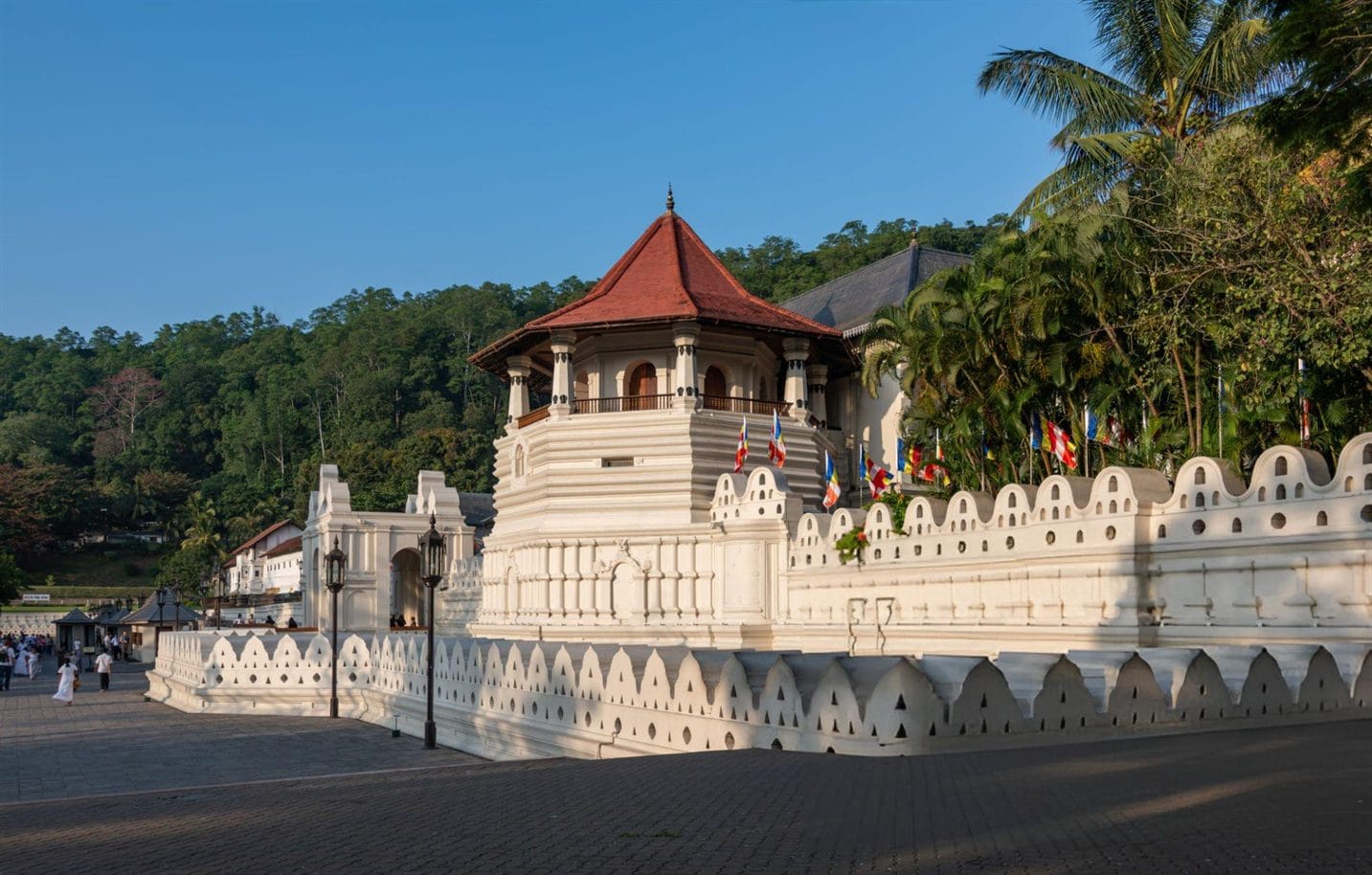
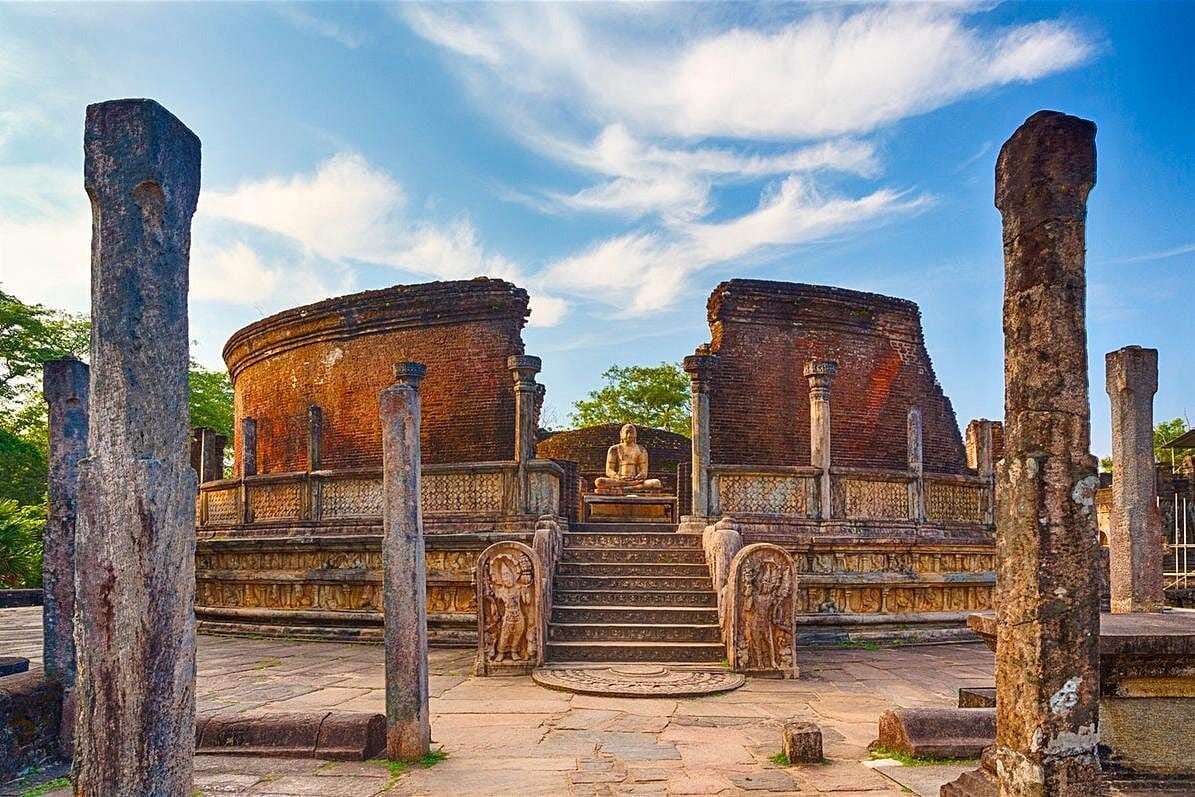



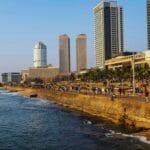

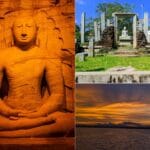
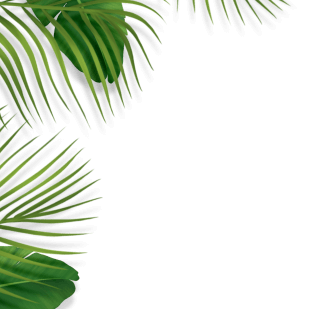
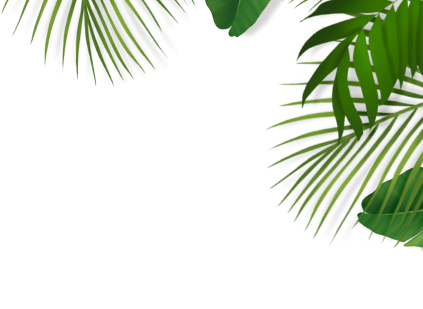
Leave a comment: